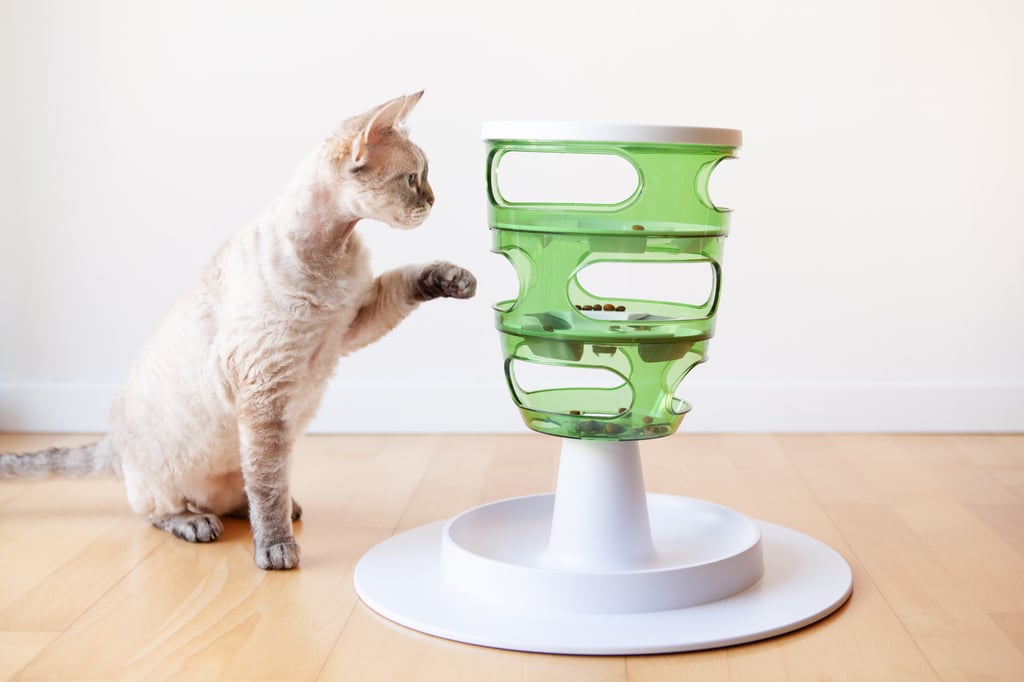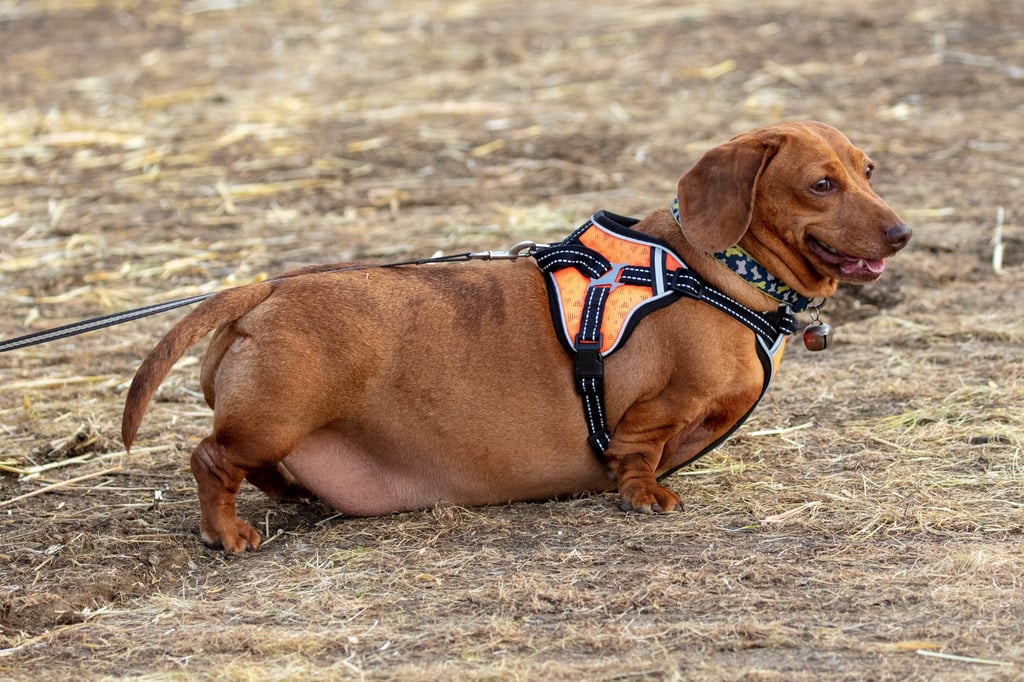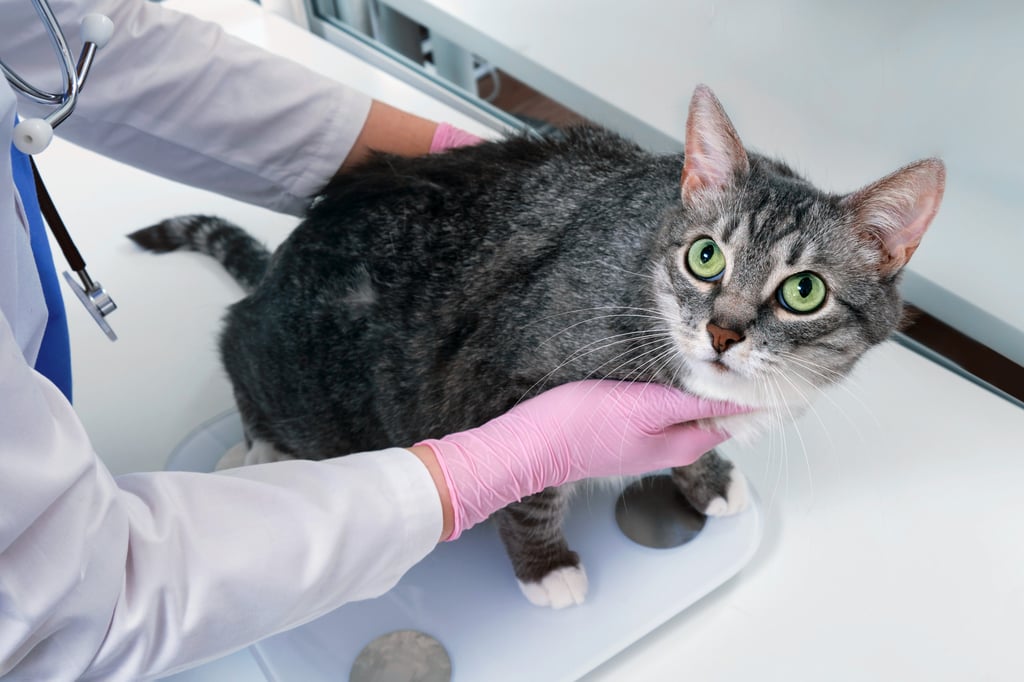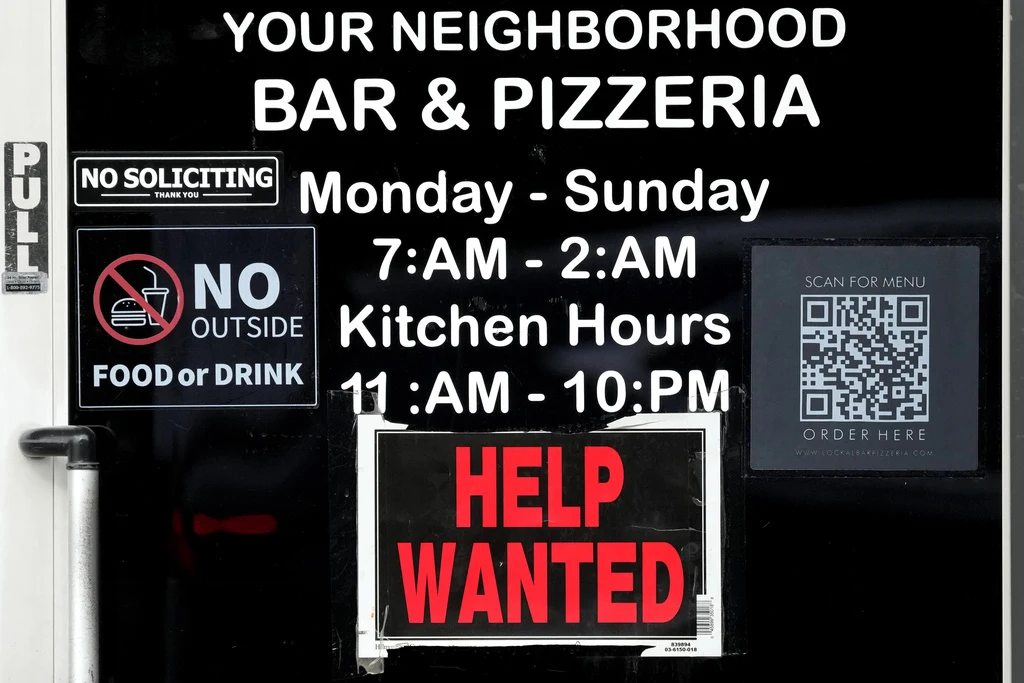Ideally, cats and dogs should have a clearly visible waist and an upwardly slanting abdomen. The ribs should not be visible but easily felt.
“Since so many pets are overweight, most people have simply got used to it and even perceive dogs and cats who are a healthy weight as being too thin,” says Uta Wilmer, a veterinary surgeon specialising in nutrition for dogs and cats.
Dogs and cats often put on weight if they are given too many treats in between meals. Treats are packed with calories – similar to chocolate, crisps and other snacks for us humans. The animal may be happy when they get one, but the owner is not doing them any favours in the long term.

Being overweight is particularly problematic for dogs who already have trouble breathing, such as pugs or French bulldogs. As fat accumulates around the neck, it becomes even more difficult for them to breathe. Animals that are already overweight at an early age are also prone to joint diseases.
“Several studies have shown that overweight dogs live two to three years less on average than their counterparts with the ideal weight,” explains Koelle.
In dog years, that is a very long time. The average lifespan for a dog is 12 to 13 years, so being overweight can rob the animal of a quarter of their life. Even overweight cats die earlier on average than those with a normal figure.
Genes also play a role in whether an animal is slim or full-figured. Greyhounds and many hunting dogs rarely tend to be overweight; while among cats, the Oriental shorthair is naturally sleek in build.

So what can you do to get your pet back into shape? Vets advise against simply reducing the amount of food you give them.
“This leads to a lack of nutrients,” says Wilmer. Your pet should not lose more than one to two per cent of its weight per week – losing too much weight too quickly can lead to the dreaded yo-yo effect.
Ask your vet about special diet foods for pets, which contain all the nutrients they need but fewer calories.

Weigh your pet once a week at the same time to check on their progress.
It is best to avoid treats between meals, although carrots, rice cakes or low-calorie treats are a healthy option. Feeding your pet scraps from the dining table is an absolute no-go, no matter how much they beg. Stroking them, playing with them or taking them for a walk are all better ways to show affection.
It is important to weigh the amount of food for each day. Cats should only receive small portions anyway, but ideally should be fed up to 10 times a day. This is most in keeping with their nature. If you cannot do so yourself, consider getting an automatic feeder to help out.
If you feed your dog dry food, you can take some with you when you go for a walk and give it out as a reward for listening to you or behaving well on the walk.

With cats, you can hide their food so they have to look for it or you can play a game where they have to try and catch it. Making your cat or dog work for their food has a number of advantages: it stops them from getting bored and strengthens the bond between you and your pet.
Depending on the animal’s preferences, add some grated vegetables such as cucumber or carrots to the food. This does not add too many extra calories, but pads out the meal.







